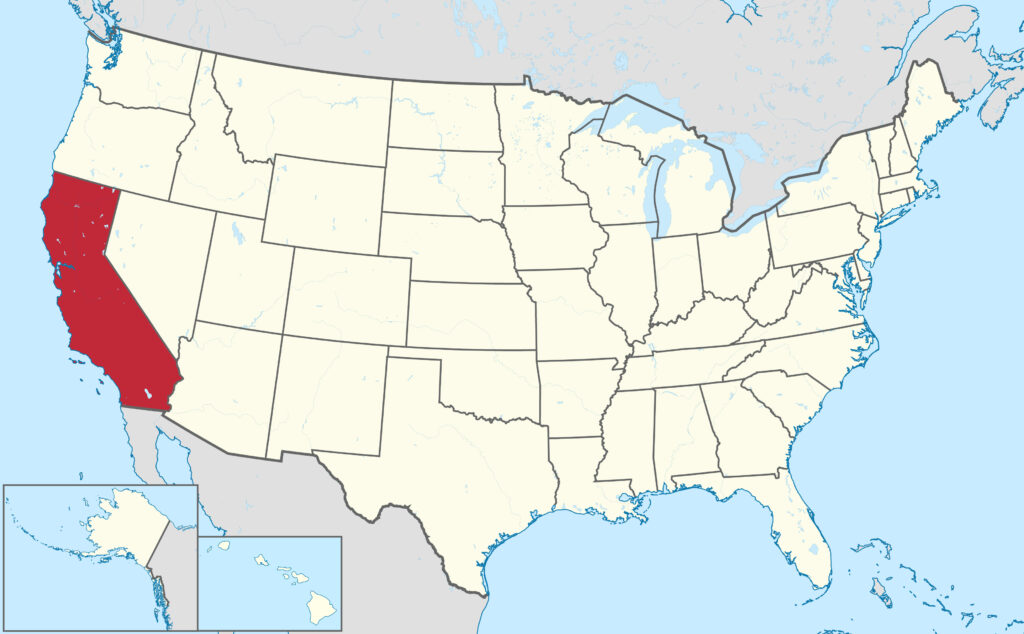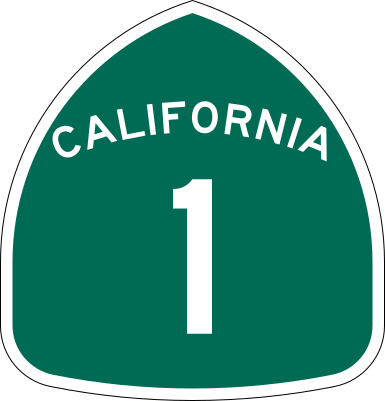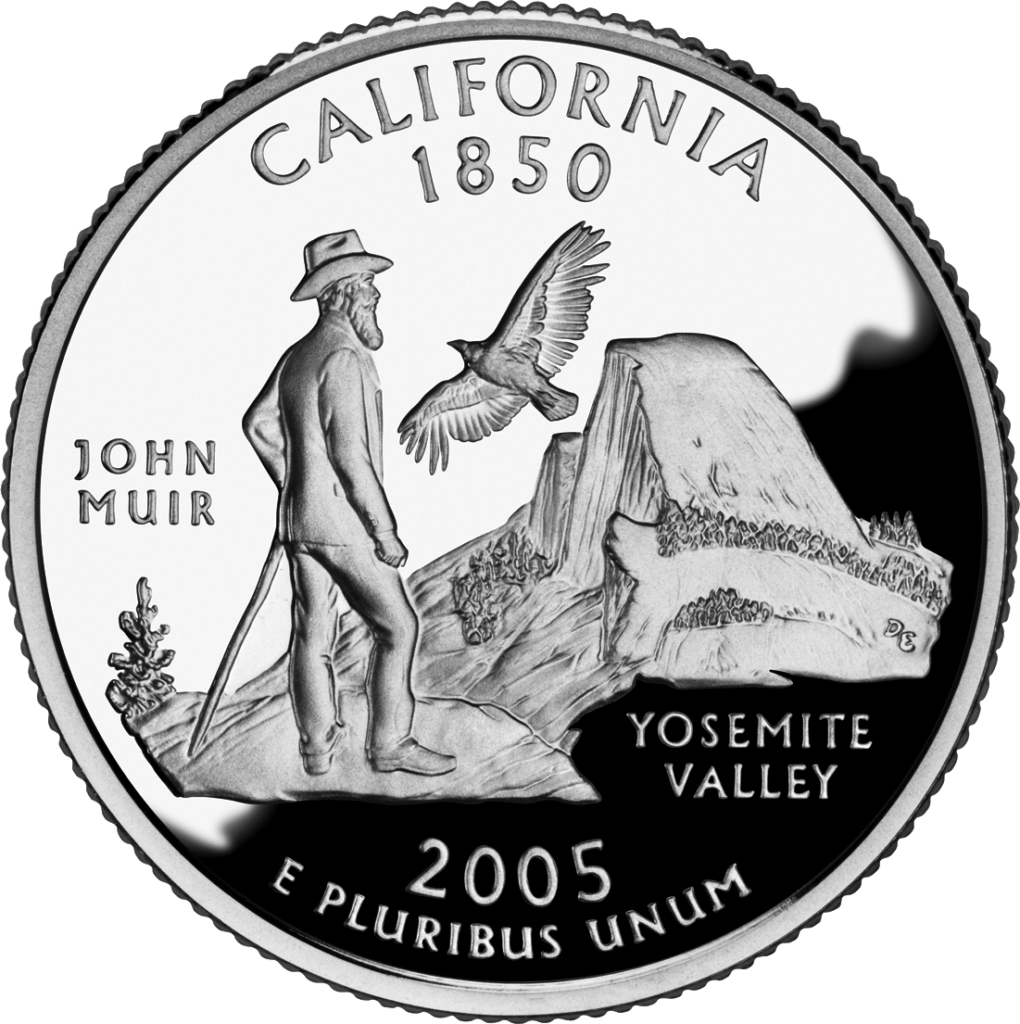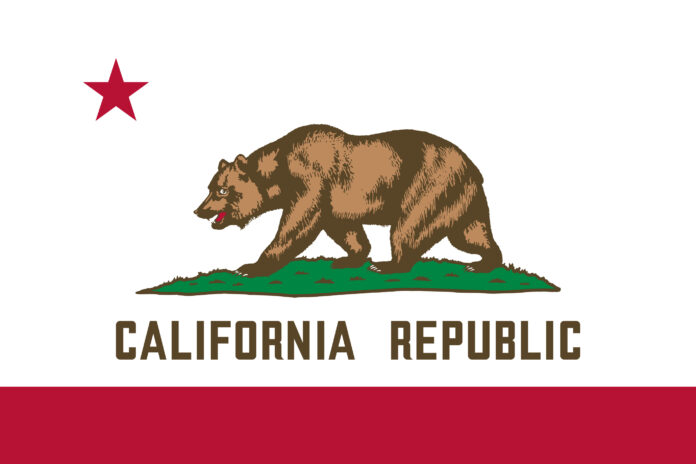California, known as “The Golden State,” is one of the most iconic and culturally rich states in the United States. With a diverse population, spectacular geography, and a robust economy rivaling the world’s largest, California symbolizes innovation, entertainment, and natural beauty. From the beaches of San Diego and the mountains of the Sierra Nevada to the vineyards of Napa Valley and the vibrant city of San Francisco, California offers a unique mix of landscapes, cultures, and opportunities. This article delves into California’s geography, history, economy, culture, and global influence.
Geography and Climate
California is the third-largest state by area and the most populous in the United States, offering incredibly diverse geography. Its western coast stretches approximately 840 miles along the Pacific Ocean, while the eastern side is marked by deserts and mountains.
- Pacific Coast
California’s coast is famous for its beautiful beaches, dramatic cliffs, and coastal cities. Cities like Los Angeles, Santa Monica, and Malibu are known for their stunning beaches and surf culture, while the Central Coast, including the Big Sur region, offers breathtaking views of the ocean and coastal mountains. - Sierra Nevada
In eastern California, the Sierra Nevada range is home to some of the highest peaks in the United States, including Mount Whitney, the highest point in the contiguous U.S. This region also includes Yosemite National Park, famous for its impressive rock formations like El Capitan and Half Dome, as well as waterfalls and giant sequoias. - Deserts
The Mojave and Sonoran Deserts cover southeastern California. These arid regions are known for their extreme temperatures and sparse vegetation. Death Valley, located in the Mojave Desert, is the hottest place in North America and features Badwater Basin, one of the lowest points in altitude. - Central Valley
California’s Central Valley is one of the world’s most productive agricultural areas due to its fertile soil and Mediterranean climate. The valley extends approximately 450 miles and is divided into the Sacramento Valley in the north and the San Joaquin Valley in the south. The region is famous for producing fruits, vegetables, nuts, and dairy. - Climate
California experiences a variety of climates, from Mediterranean along the coast to alpine in the Sierra Nevada and arid in the southeastern deserts. This climatic diversity contributes to the wide range of recreational activities, including skiing and surfing, all within the same state.
Early Inhabitants and Indigenous Heritage
Long before European settlers arrived, California was home to a large diversity of Indigenous tribes. It’s estimated that hundreds of tribes, including the Chumash, Miwok, Yurok, and Pomo, inhabited the area, each with its own language, culture, and way of life.
- Traditions and Culture
Indigenous peoples in California developed rich, varied cultures. They used local resources for food, clothing, and shelter, and their craftsmanship is notable, such as basket weaving by the Chumash and Pomo, which is highly valued. - Spanish Influence
Spanish exploration in the 16th century brought profound changes to Indigenous peoples. Spanish missionaries established missions along California’s coast, from San Diego to Sonoma, under the leadership of missionaries like Junípero Serra. These missions significantly impacted Indigenous populations, who faced exploitation, land loss, and disease.
The Gold Rush Era and Path to Statehood
- The 1849 Gold Rush
In 1848, the discovery of gold at Sutter’s Mill near Coloma sparked the Gold Rush, drawing thousands of people from around the world to California. This event transformed the region’s economy and demographics, with cities like San Francisco experiencing explosive growth. The Gold Rush had a lasting impact, accelerating settlement and development in California. - Statehood in 1850
California was admitted as the 31st state in 1850 as part of the Compromise of 1850. Entering the Union as a free state, California played a vital role in the growing tensions between the North and South over slavery. This status influenced the state’s culture, which continued to diversify as immigrants arrived during and after the Gold Rush.
California’s Economy: Agriculture, Technology, and Entertainment
California has one of the most diverse and robust economies in the world. If it were an independent country, it would have one of the largest global economies.
- Agriculture
The Central Valley is known as America’s “salad bowl,” one of the largest producers of fruits, vegetables, and nuts. Agriculture is a vital part of California’s economy, with the state leading in the production of almonds, strawberries, grapes, and avocados. - Silicon Valley and Technology
Silicon Valley, located in the San Francisco Bay Area, is the epicenter of the technology industry. Tech giants like Apple, Google, Facebook, and Tesla are headquartered here, attracting talent from around the world and driving innovation in areas like artificial intelligence, biotechnology, and autonomous vehicles. - Entertainment Industry
California is globally famous for its entertainment industry, centered in Hollywood, Los Angeles. Film, television, music, and digital production are some of the state’s most lucrative industries, shaping and exporting culture worldwide. Hollywood continues to be a hub of creativity, attracting aspiring artists from around the globe.
Cultural Diversity and Influence
California is renowned for its cultural and ethnic diversity, with immigrants from around the world enriching its social fabric.
- Mexican and Latin Influence
California has a strong Mexican heritage, with a large population of Mexican descendants. Festivals like Día de los Muertos, culinary influences, and traditions are integral parts of California’s culture. - Asian Communities
California is home to large Asian communities, including Chinese, Japanese, Filipino, Korean, and Vietnamese populations. Cities like San Francisco and Los Angeles have neighborhoods like Chinatown and Little Tokyo that celebrate this heritage. - Social Movements
California has been a center for significant social movements, including environmental activism, civil rights, LGBTQ+ rights, labor reform, and women’s rights. The state is known for its progressive stance on many social issues and has pioneered reforms in areas such as clean energy and climate policy.
Famous Landmarks
- Yosemite National Park
Known for its iconic rock formations, waterfalls, and giant sequoias, Yosemite National Park attracts millions of visitors annually. It is one of California’s most beloved and scenic destinations. - Golden Gate Bridge
The Golden Gate Bridge in San Francisco is one of the world’s most recognizable landmarks. Opened in 1937, the bridge symbolizes California’s architectural innovation and beauty. - Disneyland
Located in Anaheim, Disneyland is one of the most famous theme parks in the world. Opened in 1955, it continues to attract visitors of all ages and is a major destination for family entertainment.
Notable Figures from California
- Ronald Reagan
Former Governor of California and the 40th President of the United States, Ronald Reagan is an influential political figure who shaped both California and national politics. - Cesar Chavez
A labor rights activist, Cesar Chavez fought for the rights of farmworkers in California and the U.S. He co-founded the United Farm Workers and is remembered as a civil rights icon. - Steve Jobs
The co-founder of Apple, Steve Jobs, was one of the most innovative figures in the tech industry, headquartered in California. His work in technology and design revolutionized how people interact with digital devices.
California, with its diverse geography, booming economy, and dynamic culture, remains a state of innovation and opportunity. Its contributions to technology, entertainment, agriculture, and social justice have shaped not only the country but the world. As “The Golden State,” California represents the American Dream, attracting people from around the world in search of possibilities.





